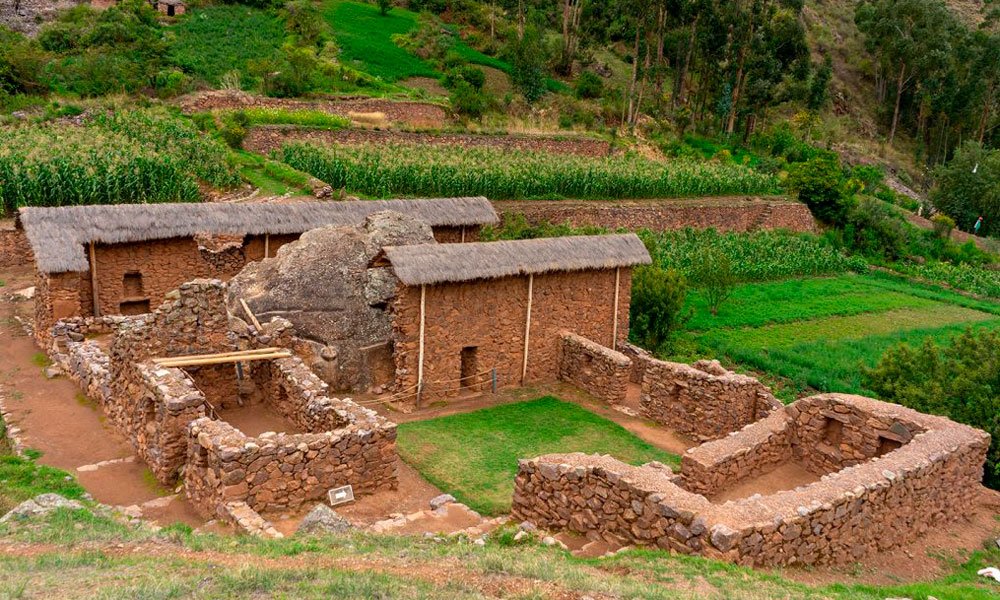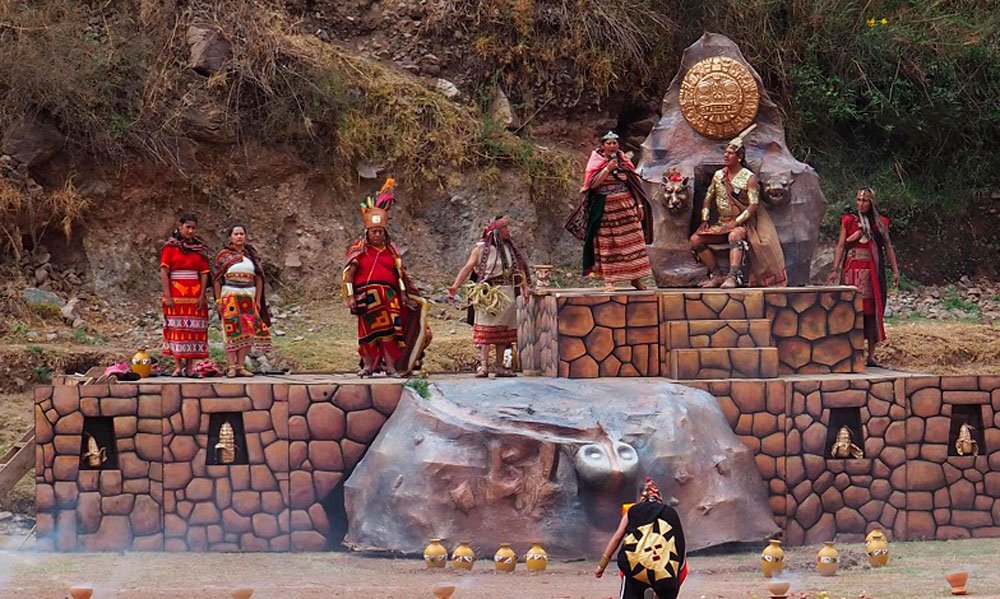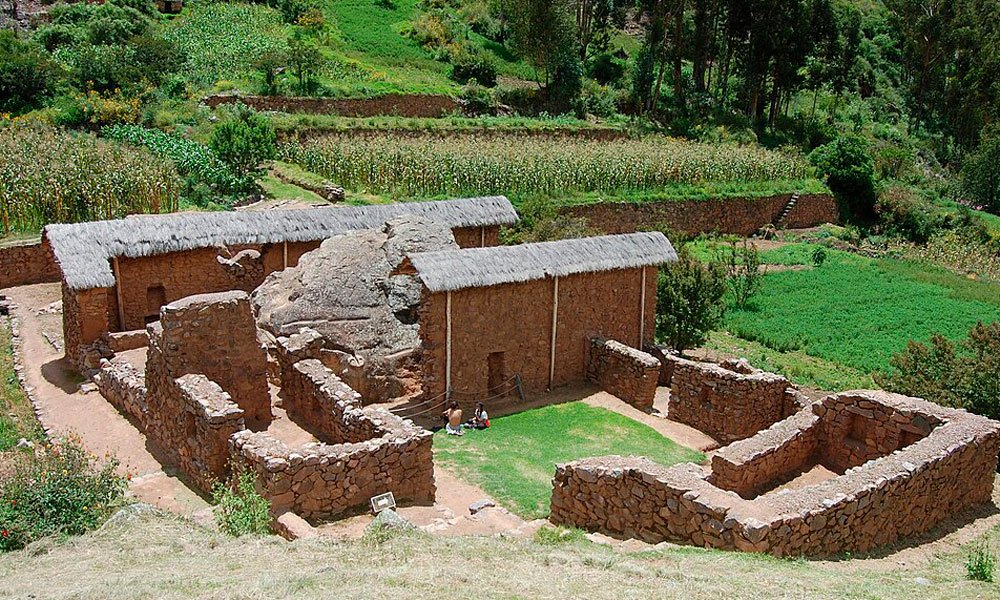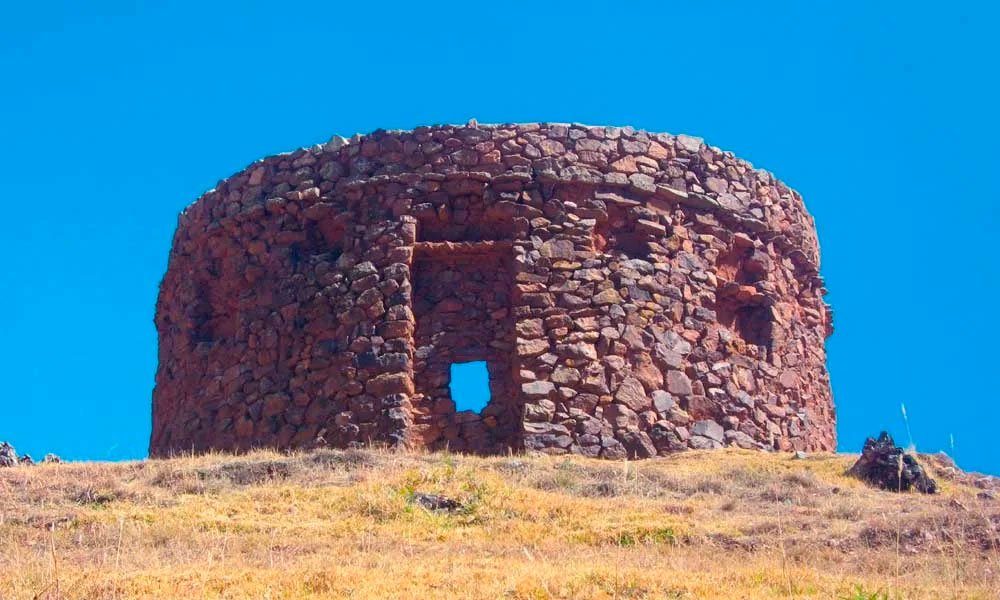Unu Urco Archaeological Complex
Unu Urco Archaeological Complex
Urco was an important archaeological site that was continuously occupied from the Late Intermediate Period (Killke culture) to the Late Horizon (Inca culture). It is notable for its impressive step pyramid and for being the site of the Unu Urco.
The Urco Archaeological Complex was built during the Inca period and consisted of five sections.
It has beautiful terraces that, according to sources, were the property of the Inca Urqo. Here, you can see a tower and a huaca known as Wiracocha Urqo. This huaca is a carved stone with a gutter that carries water and reaches a figure that resembles the head of a puma or a snake. The site is located at the foot of Pitusiray Mountain.
Location
Located in the Sacred Valley of the Incas, specifically in the district of Calca in the province of the same name in the Cusco region of Peru.
Altitude
At an altitude of 2,926 meters above sea level.
Historical Context
In various chronicles, the Inca ruler Urco Huaranca, second son of Inca Huiracocha, chose the Calca sector to settle his lineage in honor of the Apu Pitusiray, around whom various myths originate (Víctor, 1988).
During the colonial period, this sector was exploited for its agricultural production, thus becoming an important agricultural sector for the time and the Calca sector.
Description of the Unu Urco – Qosqopata Archaeological Complex
The layout of the Urco archaeological complex shows two important sectors and Inca settlement patterns corresponding to the late period.
1. Sector I, ceremonial sector.
Located to the northeast of the archaeological site delimited as Urco, it contains various enclosures built of adobe and stone. With circular-shaped spaces and environments associated with shrines and grain stores, around this building you can see a carved stone monolith depicting a zoomorphic being associated with the myth of Unu Urco.
2. Sector II, Agricultural Sector.
Located to the southeast of the archaeological site, it is characterized by a system of agricultural platforms and terraces located to the east at the base of the Pitusiray apu.
The retaining walls that support the terrace system are made of dioritic-type stones, laid in a rustic manner.

Unu Urco – Water Festival
It is said that during the time of the famous Inca empire, there lived in the city a haughty, proud, and noble lord who called himself Orcco Huaranca. His fame as a conqueror and warrior was known throughout the region. One day, after his usual forays, he brought home a baby girl, the fruit of a love he had hidden.
The girl was named Pitusira. Years passed. Pitusira was transformed into a beautiful maiden, the goddess of the Inca Orcco Huaranca, who had her cared for by 100 maidens and guarded by 500 warriors.
Two of them, Sahuasiray and Ritisiray, had fallen in love with the beautiful Pitusira and one day presented themselves before Orcco Huaranca to ask for the princess’s hand in marriage.
He replied and said that he would grant the maiden’s hand to whoever could bring water to his property. Ritisiray had already secretly won the princess’s love, however, both had to undertake the audacious undertaking. Sahuasiray built a dam from the top of a mountain (a marvelous feat of engineering that still exists today), while Ritisiray brought the water down the slopes of another mountain known as the Heart, because of its shape. Sahuasiray had triumphed in bringing the water from the heights.

Pitusira was supposed to marry him. Ritisiray
Unu Urco
attended the wedding with a broken heart. One stormy night when thunder was raging in Calca, Pitusira fled in search of her beloved. When they met, they climbed high above the mountain, but were punished and turned to stone. The story that tells the sad tale of the lovers would be nothing more than a legend if it only explained what the Inca Urco did to bring water to his village. “However,” says Walid, “at the end of it, what Kirk calls a fantastic dislocation occurs.” The ñusta, not seeing the “Law of Love” fulfilled, disobeys her father, goes in search of her beloved, and they both flee to the mountain where they “turn into rock.”
These two concepts, “not seeing the law of love fulfilled” and “turned into rock,” give the story the status of myth. The myth of Unu-Urco was reenacted by the people of Urco on the exact day that Walid, one year after his first encounter with the shadow of the ñusta, was preparing to climb Pitusiray.
Some details varied, such as the name of the Princess, who is also known as Paucarilla, Sumac-Tika, or Cusi Qoillur, and the names of the two curacas of the area: Rumi Maqui (stone hand), the builder of the canal, and Uska Paucar (the beloved).
Walid says: “In Urco, they told me that Rumi Maqui’s triumph was thanks to a dream he had, in which Apu Kan Kan, God of the mountain and the lagoon at the top, said to him: Why do you grieve, Rumi Maqui, if there is water on your head?” The relationship between the Kan Kan lagoon and the propitiatory festivals in honor of water that the people of Urco celebrated every year was thus established. But where had the lovers ended up, and what connection could that shadow have with the one the townspeople were staging a thousand meters below, on exactly the same date?
How to get to the Unu Urco Archaeological Complex?
To get to Calca on your own, you must take public transportation in Cusco. Minivans depart daily from Puputi Street and cost 5 Peruvian soles (approximately 2 US dollars). The journey takes approximately 1 hour and 15 minutes. Once in Calca, you can visit the city’s tourist attractions. During the route, you can visit the town of Pisac or taste the delicious “cuy al palo” (guinea pig on a stick) in one of the local restaurants. The Calca bus stop is located on Puputi Street in the center of the city.
Fact
Today, this place is inhabited by local families, who have inherited the ancestral agricultural techniques of the Incas and use the terraces to grow their crops. Like the delicious giant corn cob of Cusco.
The festival of the water cult, or Unu Urco (which means “the water of Urco”), is celebrated in the circular enclosure on the first Sunday of October each year. The festival is associated with a myth related to the Inca Urco Huaranqa. Urco is in a very good state of preservation.
Recommendations:
- Hat or cap.
- Sunscreen to protect from the sun.
- Comfortable, warm clothing.
- Rain poncho.
- Comfortable sneakers.
- ID.
- Extra money, preferably in cash.


